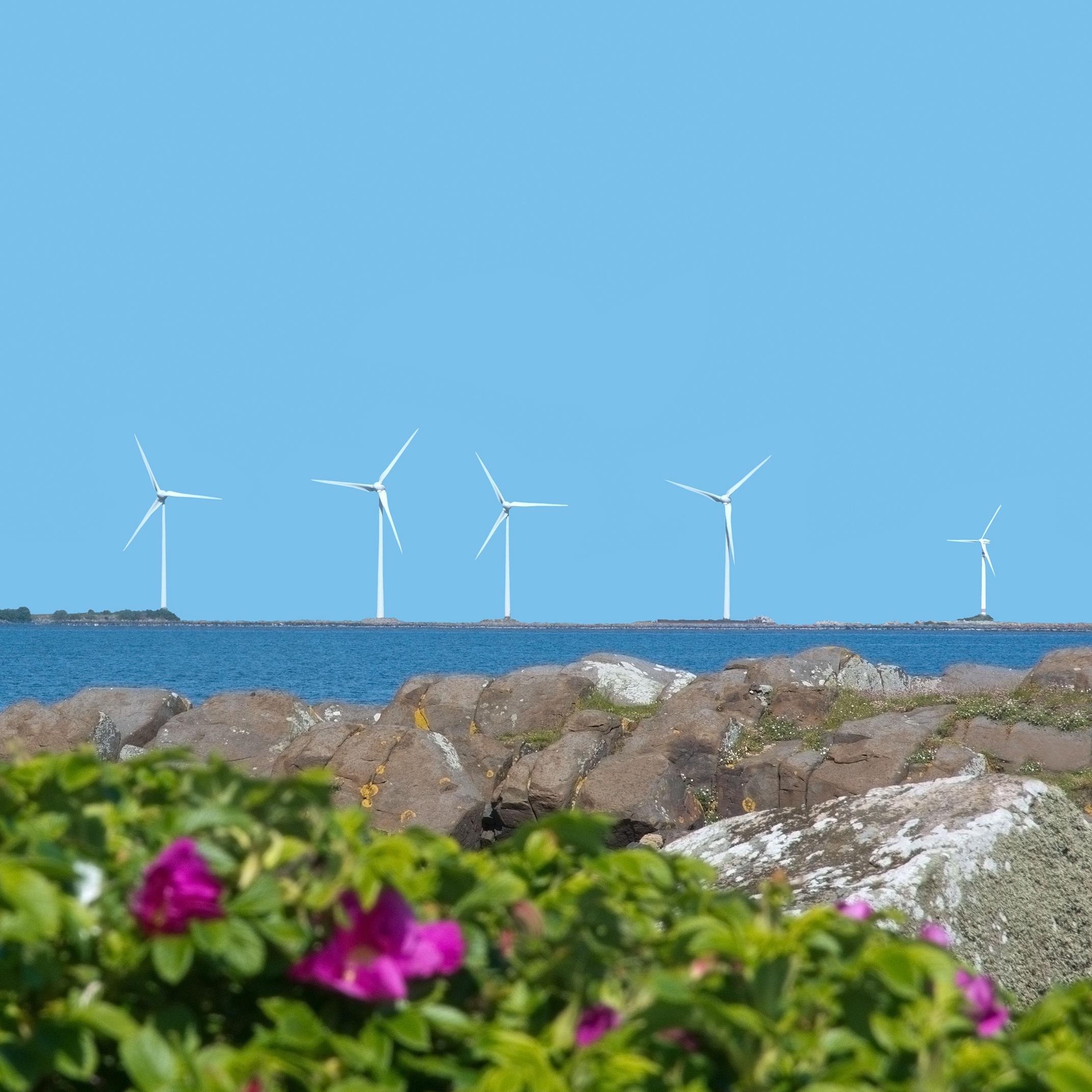Energy
Federal Budget Deal to Boost Investment in Alternative Energy

Published:
Last Updated:

When the U.S. Congress agreed on a 2016 budget bill to send to President Obama for his signature, there were a lot of attachments to the bill that have little to do with a federal budget and a lot to do with favorite legislation. The lifting of the 40-year ban on U.S. crude oil exports is one example, and the five-year extension of tax credits for new wind and solar projects is another.
If Congress had allowed the tax credits to expire on December 31, 2016, Bloomberg New Energy Finance reckons that spending between 2017 and 2021 on new wind-energy projects would have totaled around $14.5 billion. With the extension of the tax credits, spending is now estimated to rise to $34.6 billion over the five-year period, an increase of about 240%.
The impact on solar projects is equally significant. Under the expiring law, Bloomberg’s experts estimated 2016 through 2021 spending on new solar projects would total $29.1 billion for utility-scale, residential and commercial/industrial projects. As a result of the budget agreement, the estimate for five-year spending has risen to $50.1 billion, a boost of 172%.
Want retirement to come a few years earlier than you’d planned? Or are you ready to retire now, but want an extra set of eyes on your finances?
Now you can speak with up to 3 financial experts in your area for FREE. By simply clicking here you can begin to match with financial professionals who can help you build your plan to retire early. And the best part? The first conversation with them is free.
Click here to match with up to 3 financial pros who would be excited to help you make financial decisions.
Thank you for reading! Have some feedback for us?
Contact the 24/7 Wall St. editorial team.